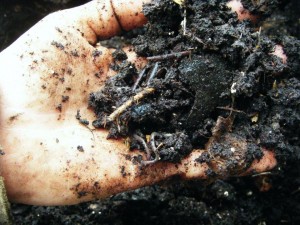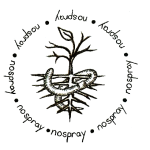Warning: Illegal string offset 'filter' in /var/www/wp-includes/taxonomy.php on line 1718
Organic Matter
Six Parts of Soil
1. Minerals
2. Oxygen
3. Water
4. Organic Matter (Mulch and Compost)
5. Life Above
6. Life Below (Microbes)
===============================================
Organic Matter
Organic Matter is used for mulching and composting. There are two main types of organic matter. The two types are nitrogen and carbon. Wet and dry. Almost everything we see in nature on the ground is comprised primarily of these two different elements.
Nitrogen
Fresh – Wet – Green
Nitrogen is comprised mainly of fresh materials. Nitrogen is easily lost in the atmosphere and by other organisms. This is why nitrogen organic matter is also 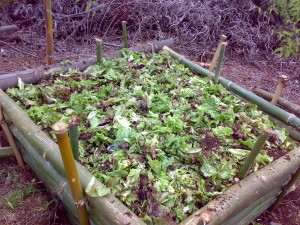 considered fresh. For the most part and there are exceptions, nitrogen organic matter is also green, think fresh cut grass.
considered fresh. For the most part and there are exceptions, nitrogen organic matter is also green, think fresh cut grass.
Bacteria are associated with materials full of nitrogen. Bacteria is what makes fresh cut grass go slimy after a day or two. Bacteria is also what makes banana and apple peels turn mushy. The bacteria are actually consuming the fresh nitrogen waste that is now available. The bacteria will hold onto this material and the element nitrogen attached until it dies or trades it for a different nutrient or sugar from the plant.
Fast growing, lush green plants like lettuces, broccoli, kale do better with nitrogen, bacteria based organic matter as mulch as well as for its compost. They do better because these plants themselves also need ample nitrogen. That is why they are so green.
Examples of nitrogen include fresh cut grass, banana peels, manures, freshly dropped leaves, and even blood.
Carbon
Dead – Dry – Brown
Carbon is the opposite of nitrogen materials. Carbon materials are usually dead or have been dead for some time like old logs. Carbon materials are also dry in nature, unless recently soaked like straw, wood chips and cardboard. Carbon materials are usually brown like cardboard although again, there are exceptions. 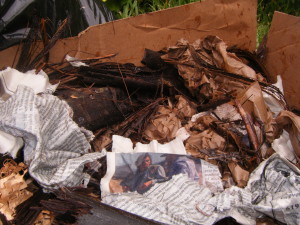
Carbon materials are closely associated with fungus. Fungus have the ability to break apart the hard cellulose that hold these materials together. When you mulch other hard, woody plants with carbon rich organic matter than you are transferring all the recycled nutrients and cellulose from the first plant to the next.
Examples of carbon organic materials include cardboard, papers, wood, branches, dried leaves, hay, dried grass, sticks and even old wooden tables.
You need both!
One is not better than the other. They are different and both are needed for proper composting and mulching.
For the Complete Reference List CLICK HERE
============================================================About the Author:
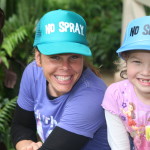 Laura Rieber holds a BS in Agriculture with a focus on sustainability from the University of Hawaii, several certificates in agriculture business development and is a master gardener. The moment she realized the corporate lies that feed the world was the moment she was inspired to write about the truth about natural agriculture. She co-created No Spray Hawaii with her partner, Jesse Fujimoto to help others gain awareness. She teaches natural agriculture principles on the Big Island of Hawaii. CONTACT
Laura Rieber holds a BS in Agriculture with a focus on sustainability from the University of Hawaii, several certificates in agriculture business development and is a master gardener. The moment she realized the corporate lies that feed the world was the moment she was inspired to write about the truth about natural agriculture. She co-created No Spray Hawaii with her partner, Jesse Fujimoto to help others gain awareness. She teaches natural agriculture principles on the Big Island of Hawaii. CONTACT
==========================================================
No Spray
Find another way!

